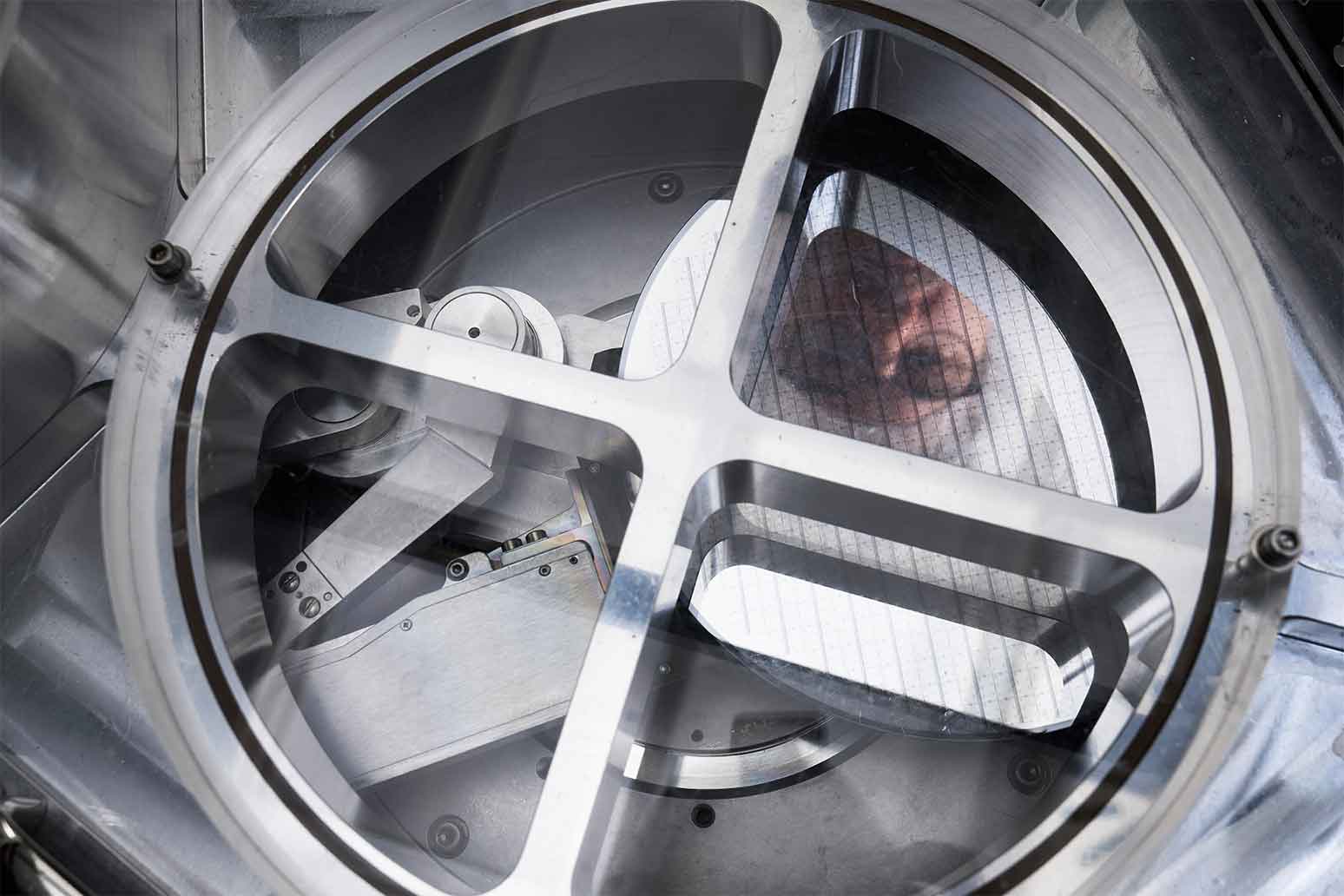The superconducting qubit architecture is one of the leading candidates to realize general-purpose quantum computing. Fraunhofer EMFT aims to achieve scalability of superconducting qubits beyond 1000 qubits by developing foundry-like fabrication processes at 200 mm wafer scale. Currently, we achieve the highest published energy relaxation times of over 200 µs for superconducting qubits fabricated on large wafers using industry-standard methods.
The focus of the fabrication processes development is on optimizing both precision and reproducibility in chip production so that these can be applied to build general quantum computers.

